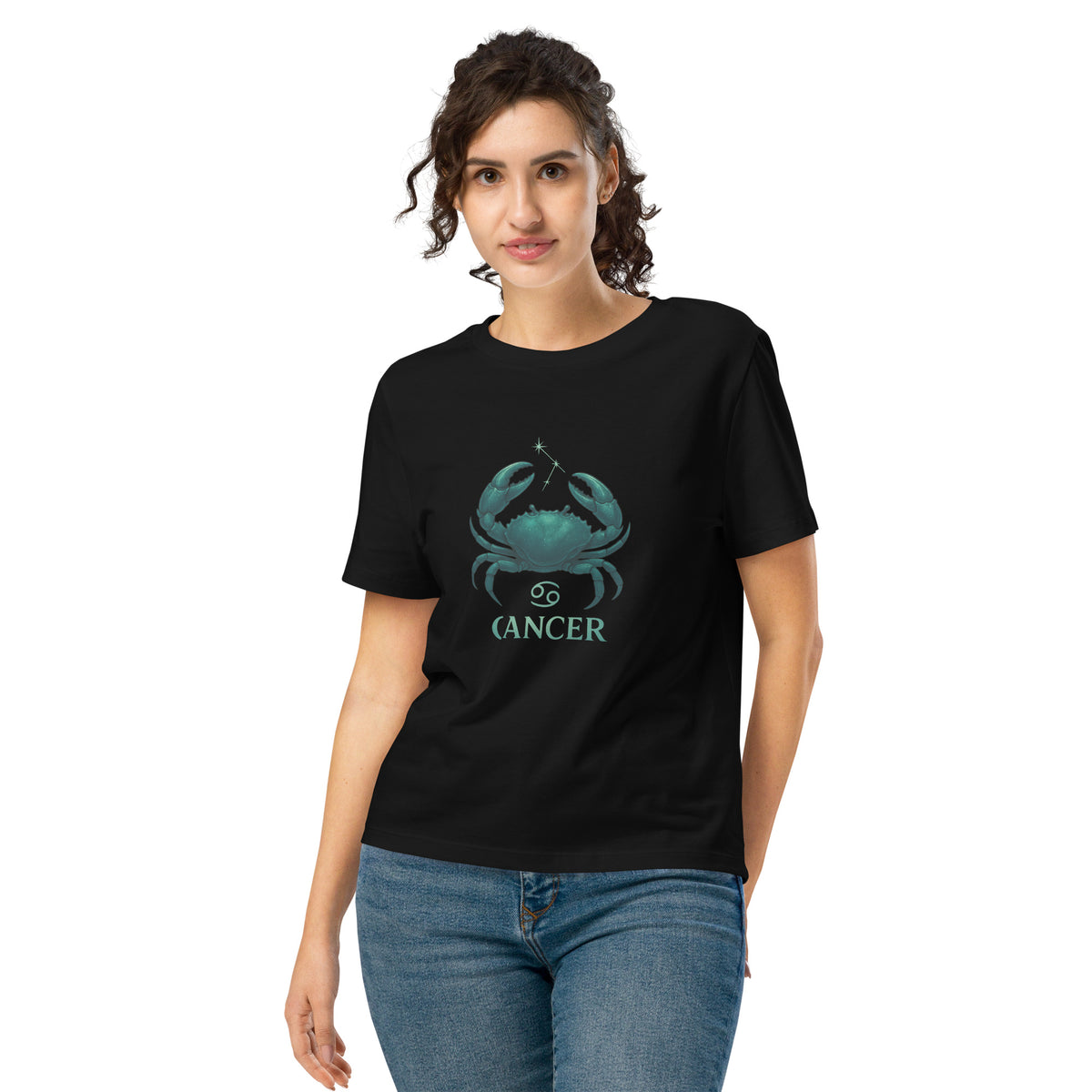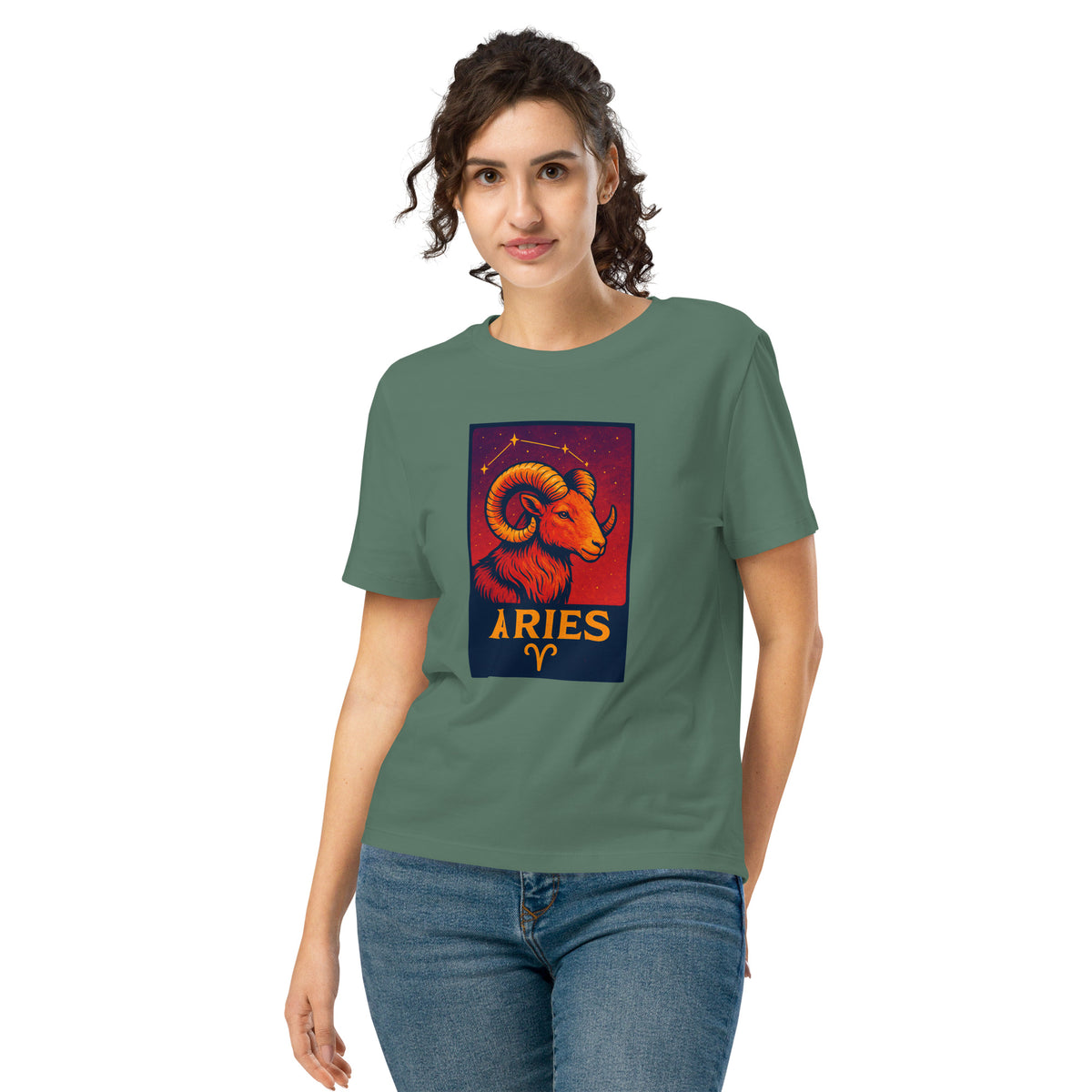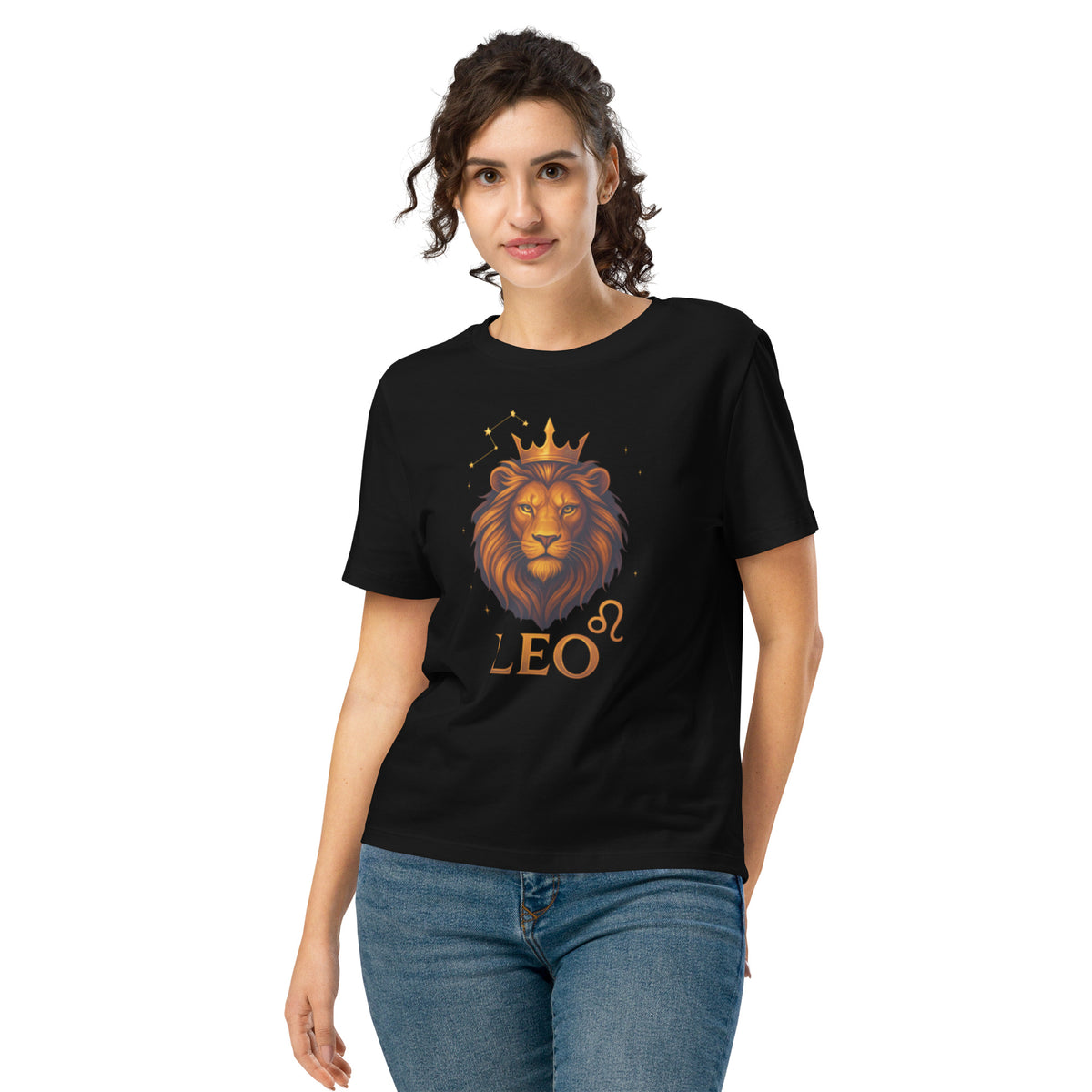In recent years, sustainable fashion has emerged as a vital movement within the clothing industry, focusing on reducing environmental impact and promoting ethical practices. However, despite its noble goals, the sustainable fashion industry faces several challenges. This blog post explores these challenges and suggests viable solutions, while also highlighting some products that exemplify sustainable practices. Visit Satterwhite to explore thoughtfully crafted fashion pieces.
Key Challenges in the Sustainable Fashion Industry
1. High Production Costs
Producing sustainable clothing often involves higher costs due to the use of organic materials, fair labor practices, and eco-friendly processes. These costs can make sustainable fashion less accessible to a broader audience.
Solution: Leveraging economies of scale and investing in technology can help reduce production costs. Brands can also educate consumers on the long-term savings and environmental benefits of investing in sustainable fashion.
2. Waste Management
Even sustainable brands can struggle with waste, including surplus stock and textile waste during production.
Solution: Implementing a zero-waste policy and adopting circular fashion practices can help. Brands can design clothing that is either biodegradable or easily recyclable. For instance, sustainable brands often use organic materials like those highlighted in products such as the Twisted Fate organic high neck t-shirt.
3. Transparency Issues
Consumers are increasingly demanding transparency regarding the sourcing and production of their clothing. However, many brands still lack comprehensive data on their supply chains.
Solution: Brands can build consumer trust by providing detailed information about their supply chain processes. Offering transparency through certifications and detailed product descriptions can help, much like how Satterwhite informs its customers about the impact of products.
4. Consumer Awareness
Many consumers remain unaware of the environmental impact of their fashion choices and the benefits of sustainable fashion.
Solution: Education is key. Brands can increase consumer awareness through storytelling, social media campaigns, and collaborations. Real-world examples, including the stylish yet eco-friendly offerings like the Women's Oversized Heavyweight Twisted Fate Hoodie, can effectively demonstrate the possibilities of sustainable fashion.
Conclusion
The journey towards a fully sustainable fashion industry is fraught with challenges. However, with concerted efforts from both brands and consumers, these challenges can be addressed effectively. By prioritizing sustainable practices and promoting consumer education, the fashion industry can move towards a more responsible future. To see these innovative solutions in action, explore the range of thoughtfully crafted apparel at Satterwhite.
Explore the world of sustainable fashion through conscious choices and stylish designs. Visit Satterwhite today to discover more.




0 comments